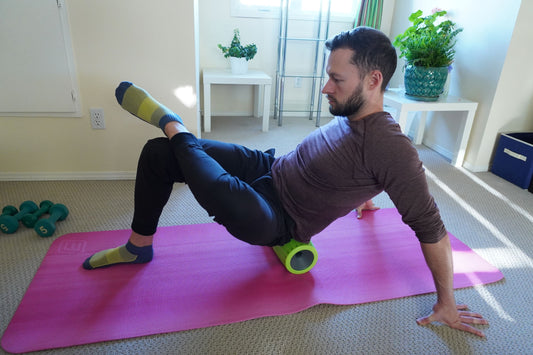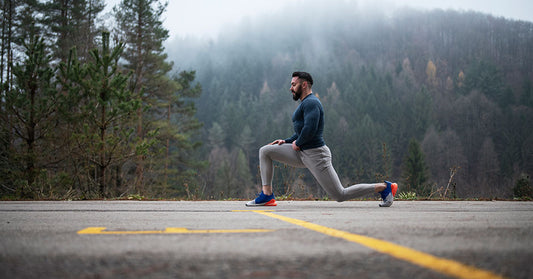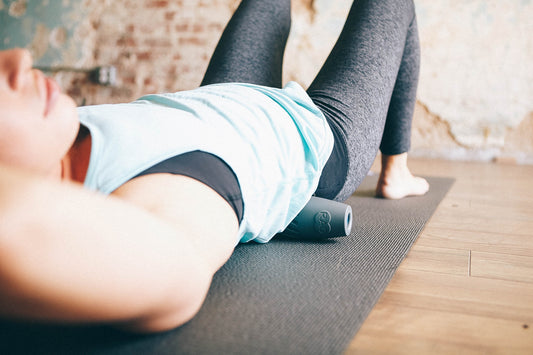You don’t need to be able to break out into the splits on cue, but the first step to having a more limber body comes with understanding some general guidelines. The problem? Stretching is actually pretty controversial. Some studies have shown that stretching before a workout can be counterproductive and even dangerous. “Before a workout, a cold muscle is like a frozen elastic band, so if you go to stretch it, it may feel like it’s going to snap,” explains certified fitness personal trainer Sarah Robichaud.
The key to reaping the benefits of stretching is to do it safely. Here’s what you need to know about stretching – the right way, at the right time:
Rule #1: Don’t stretch cold muscles.
If you want to stretch before a workout (which you don’t have to do – the postworkout stretch is the important one) warm up first for about five minutes before performing your first stretch, says Robichaud. Jog, march on the spot or do jumping jacks. Then, lightly stretch the major muscle groups: the quads, hamstrings, back, chest and sides. (Lightly means holding each stretch for about 30 seconds.)
Rule #2: Stay warm.
One of the main reasons working out before a stretching session is so important is because warm muscles are flexible muscles. “It’s best to stay warm when you’re stretching,” explains celebrity fitness trainer Terri Walsh. She recommends putting your sweats on at the end of your workout to maintain your body heat as you stretch.
Rule #3: Don’t rush.
“In order to change your flexibility and change it for good, you have to sit in uncomfortable positions for minutes on end,” says Walsh. To maximize your flexibility gains, hold your postworkout stretches for two minutes, suggests Walsh.
Rule #4: Push yourself during your stretches…
…but never to the point of injury or pain. When you’re performing an effective stretch, you’re going to feel it, and it’s not always going to be pleasant. But just because you’re stretching to the point of discomfort (never pain), especially as you first build your flexibility, doesn’t mean you should be going beyond what you can handle. If it feels wrong for you, that’s because it probably is. Listen to your body as you stretch.
Rule #5: Breathe.
During the 10 to 15 minutes that you spend stretching your muscles after each workout, remember to breathe deeply and consciously. This will help replenish oxygen, increase the effectiveness of your flexibility training, and contribute to a level of relaxation and mindfulness that may currently be missing from your workouts.
Rule #6: Don’t bounce.
Although some dynamic movement may be required for certain stretches, bouncing into and out of stretches can cause injury and should be avoided.
Written by OxygenMag for Oxygen Magazine and legally licensed through the Matcha publisher network. Please direct all licensing questions to legal@getmatcha.com.
Foam rolling before you stretch is an excellent way to warm up and prep your body to move. Check out the most dynamic products on the market at RAD.



















